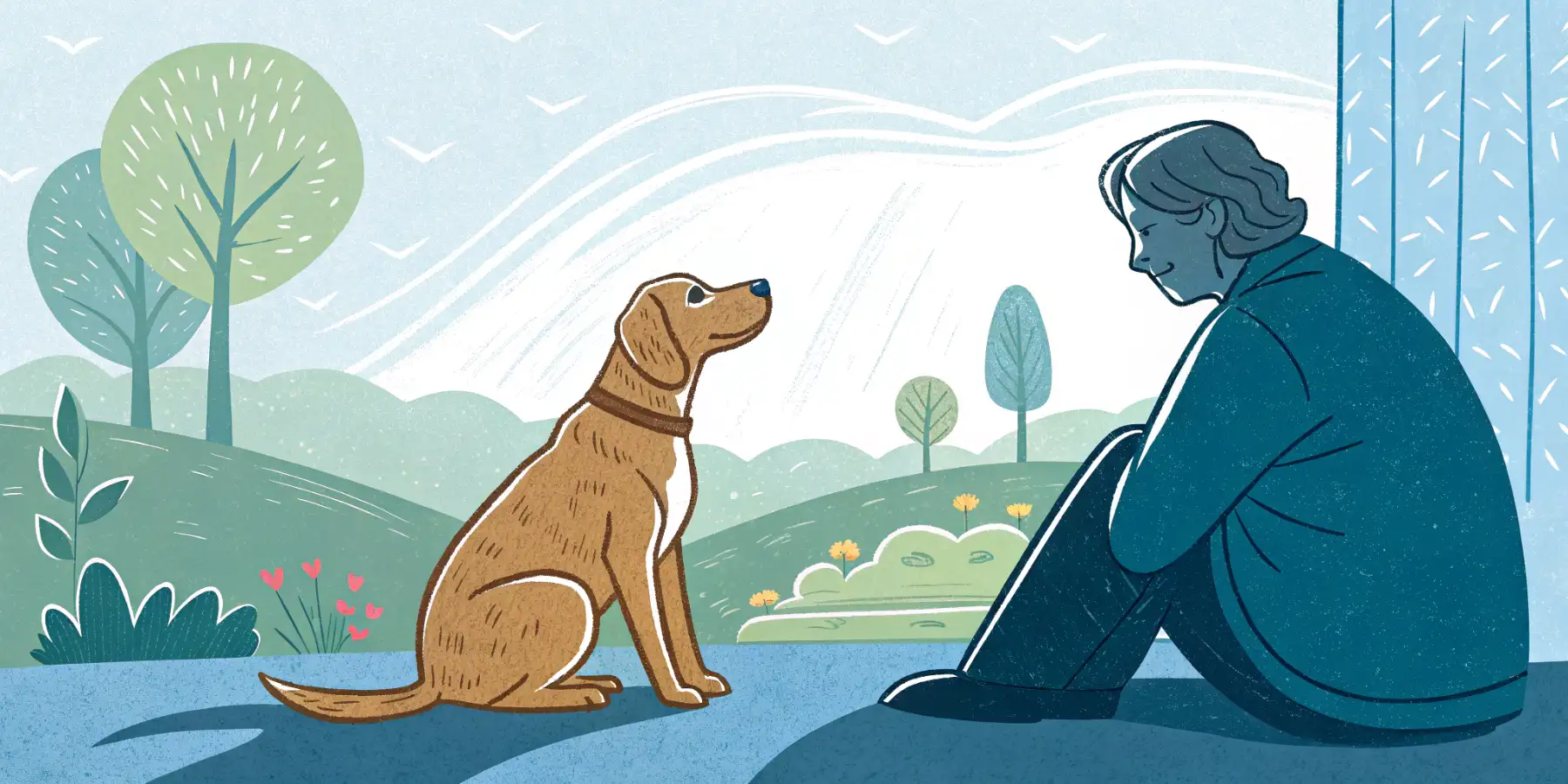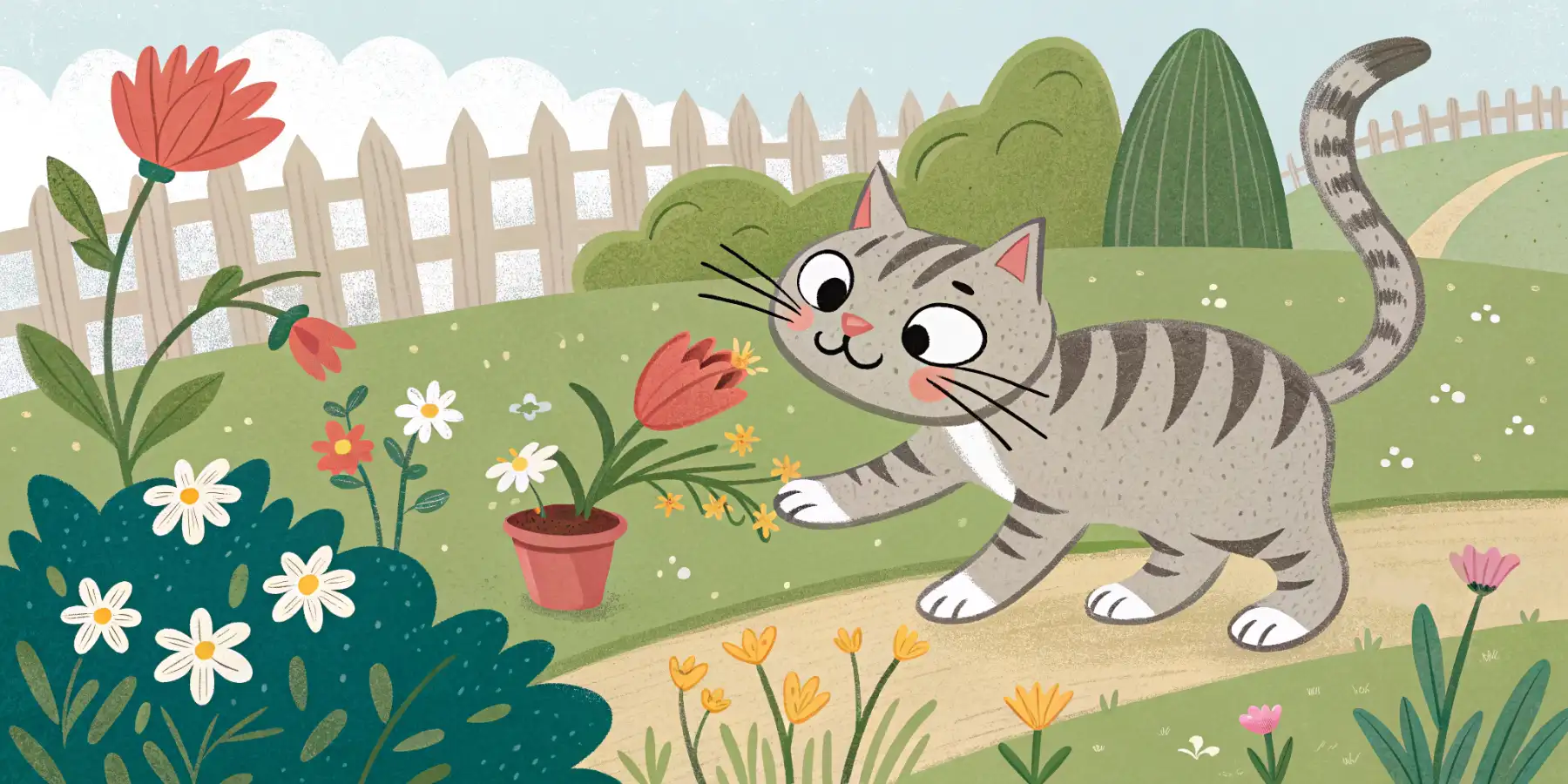
Crate Training: Happy Pup, Happy Home
Crate training can be easy! Build a happy & safe den for your pup. Learn the fundamentals & avoid common mistakes. Click for happy home tips!
Crate Training Fundamentals: Creating a Safe Den for Your Pup
Crate training is a cornerstone of responsible dog ownership, offering a multitude of benefits for both you and your furry friend. Far from being a cage, a crate becomes a safe haven, a personal den where your dog can relax, feel secure, and learn valuable life skills. Understanding the fundamentals of crate training is crucial to ensuring a positive and successful experience. So, let’s dive into how to build a happy and comforting crate experience for your new or newly-acquired dog.
Why Crate Train? The Benefits Beyond Potty Training
While crate training for potty training is a common reason owners begin this process, the benefits extend far beyond just housebreaking. A properly introduced crate can help with:
- Security and Comfort: Dogs are den animals by nature. A crate provides a sense of security and a safe space to retreat to, especially in overwhelming situations.
- Housebreaking: Dogs are less likely to soil their sleeping area, making crate training an effective tool for housebreaking your puppy.
- Preventing Destructive Behavior: When you can’t supervise your dog, a crate prevents them from engaging in destructive behaviors like chewing furniture or getting into things they shouldn’t.
- Travel Safety: A crate provides a secure and familiar environment for car rides, reducing anxiety and preventing distractions for the driver.
- Recovery After Surgery: Many veterinarians recommend crate rest after surgery to limit activity and promote healing.
- Introducing a dog to a new home: A crate can be a great way to help your new dog feel more secure during their transition and can help them feel more comfortable adjusting to the smells and sounds of their new environment.
In my experience, dogs who are properly crate trained are often calmer and more well-adjusted overall. I believe that providing a dog with a secure den reduces stress and anxiety, leading to a happier and healthier companion.
 A young puppy comfortably resting inside their crate, surrounded by a soft blanket and toys. Crate training success!
A young puppy comfortably resting inside their crate, surrounded by a soft blanket and toys. Crate training success!
Choosing the Right Crate: Size and Material Matters
Selecting the appropriate crate is a vital first step. Consider these factors:
- Size: The crate should be large enough for your dog to stand up, turn around, and lie down comfortably, but not so large that they can use one corner as a toilet. If you’re crate training a puppy, consider a crate with adjustable dividers to accommodate their growth, otherwise, you may want to consider buying a crate that is their full-grown size and blocking off the back until they grow.
- Material: Wire crates offer good ventilation and visibility, while plastic (or airline) crates are more enclosed and offer greater security. Soft-sided crates are great for travel but may not be suitable for dogs prone to chewing.
- Location: Place the crate in a high-traffic area of your home, like the living room or bedroom. This will help your dog feel included and less isolated.
The Gradual Introduction: Making the Crate a Positive Place
Never force your dog into the crate. The goal is to create a positive association, so take it slow and be patient. Here’s a step-by-step approach to crate training your dog:
- Introduce the Crate: Let your dog explore the crate at their own pace. Leave the door open and encourage them to sniff around.
- Make it Cozy: Place soft bedding, blankets, and favorite toys inside the crate to make it inviting.
- Positive Reinforcement: Toss treats or toys into the crate to reward your dog for entering. Praise them enthusiastically when they go inside.
- Feeding Time: Feed your dog their meals inside the crate. Start by placing the bowl just inside the entrance, gradually moving it further back as they become more comfortable.
- Short Periods of Confinement: Once your dog is comfortable eating in the crate, start closing the door for short periods (a few seconds at first, then gradually increasing the time). Stay nearby and talk to them in a soothing voice.
- Gradually Increase Duration: Gradually increase the amount of time your dog spends in the crate, even when you’re home. You can give them a chew toy or puzzle toy to keep them occupied.
- Crate Training at Night: Once your dog is comfortable with the crate during the day, you can start using it at night. Place the crate in your bedroom so your dog feels secure.
Remember, consistency is key. Always use positive reinforcement and avoid using the crate as punishment. If your dog shows signs of distress, such as whining, barking, or scratching, slow down the process and go back to an earlier step.
Addressing Common Crate Training Challenges
Some dogs may resist crate training initially. Here are some common challenges and how to address them:
- Whining or Barking: Ignore the whining or barking if you’re sure your dog doesn’t need to go potty. Only let them out when they are quiet, even if it’s just for a brief moment. This teaches them that quiet behavior is rewarded.
- Anxiety: If your dog is experiencing significant anxiety, consult with your veterinarian or a certified professional dog trainer. They may recommend behavior modification techniques or medication.
- Refusal to Enter: If your dog refuses to go into the crate, try making it more enticing with high-value treats or toys. You can also try luring them in with a toy or treat.
- Separation Anxiety: Separation anxiety during crate training can be a common issue. Start with very short periods of separation and gradually increase the time. Make sure your dog has plenty of exercise and mental stimulation before being crated.
 A sad looking dog peeking out of the crate, conveying anxiety and longing. Addressing anxiety is crucial for successful crate training.
A sad looking dog peeking out of the crate, conveying anxiety and longing. Addressing anxiety is crucial for successful crate training.
Long-Term Crate Management: Maintaining a Positive Association
Even after your dog is fully crate trained, it’s essential to maintain a positive association with the crate.
- Continue to Use the Crate: Don’t abandon the crate once your dog is housebroken or reliably well-behaved. Continue to use it as a safe haven for naps, travel, or when you need to leave them unsupervised.
- Regularly Clean the Crate: Keep the crate clean and comfortable by washing the bedding regularly.
- Avoid Overuse: Don’t leave your dog in the crate for excessive periods of time. Dogs need exercise, socialization, and interaction.
- Never use as punishment: The crate should always be a safe space for your dog to retreat to, so never use it as punishment.
I believe that crate training is an invaluable tool for responsible dog ownership. By following these fundamentals and being patient and consistent, you can create a safe and comfortable den for your pup, fostering a stronger bond and a happier life together. Successfully crate training a rescue dog may require a bit more patience, as they may have pre-existing associations with confinement. However, with a positive approach and consistent training, even rescue dogs can learn to love their crates.

A happy dog casually relaxing inside their crate. Crate training success leads to a happy and secure dog!


